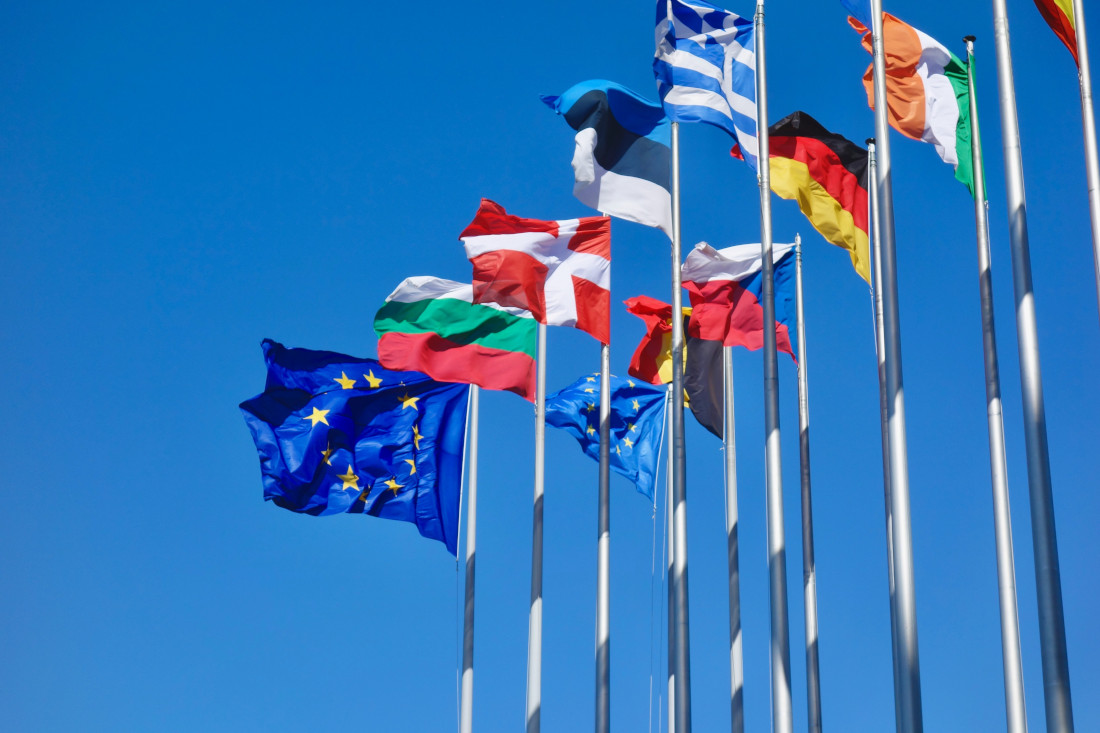
Stefan De Keersmaecker used this three-word motto as a framework for his speech at the Youth4Regions closing ceremony. This programme for aspiring journalists was held in Brussels alongside the 20th edition of the European Week of Regions and Cities. Mr De Keersmaecker was speaking in his capacity as European Commission spokesperson for the European green deal.
His impassioned address to the audience of young journalists focused on the importance of cohesion policy and on the tangible results brought about by investment projects that the European Commission has been supporting for years.
Having the honour of being part of the public, Mr De Keersmaecker’s speech gave me much to ponder after my one-week immersion in the European cohesion world. I found myself dwelling on two questions: to what extent does cohesion policy impact the lives of EU citizens? What is the point of convergence of the interests of European supranational institutions and of European citizens, leading their lives of everyday tasks, duties and urgencies?
The starting point for answering these questions is my own experience. While applying for the Youth4Regions programme, I was struck by a sort of “reverse epiphany”: I am referring to the upsetting realisation of the poor amount of knowledge about European cohesion funding I had back then. A survey carried out in 2019, the flash Eurobarometer 480, proves that my sense of estrangement is shared by many other Europeans. It emerged that only 4 out of 10 European citizens are aware of projects funded by cohesion policy (still a good result compared with previous years). These figures should bring to our attention one issue of paramount importance: the need to reduce the gap between citizens and European institutions: the latter often being perceived with detachment by the former. The European Week of Regions represents a great opportunity for bridging this gap by offering a unique communication and networking platform that brings together regions and cities from all over Europe – as stated on the official event website.
The agenda of the 2022 edition included four focus areas that correspond with the objectives set for the EU cohesion policy plan for the 2021-2027 period: the green and digital transitions, territorial cohesion and youth empowerment. These core issues are not only of topical interest nowadays, but will pose major challenges in the years ahead. Hence the importance of creating a space for discussion and reflection during the European Week of Regions and Cities.
The event not only includes cohesion policy experts at both European and local level, but also – and most importantly – representatives of civil society. In this respect, journalists play a key role in bringing these two worlds together, while raising awareness of the regional policy cause.
The Youth4Regions programme stands out as a unique occasion for emerging journalists not only to approach the art of reporting, working side-by-side with well-established specialists, but also to get a glimpse of how European institutions and the cohesion policy machine work.
Though conceived in the very heart of Europe, regional cohesion reaches the most remote areas on the edge of the EU, making a difference for local people in manyfold ways: improving transport, social and entrepreneurial infrastructure, tackling youth unemployment, putting forward innovative green solutions, dealing with global crises such as the recent COVID-19 pandemic and the Russian invasion of Ukraine.
The challenge for both young and experienced journalists consists in echoing these projects, bringing them closer to people all around Europe, and, for this purpose, to implement successful communication strategies. A noteworthy initiative is the 6th call for proposals for editorially independent reporting on cohesion policy, made by the European Commission during the awards ceremony of the Megalizzi-Niedzielski prize.
“Knowledge is power” – this is the piece of wisdom I brought home after participating in the Youth4Regions programme. Knowledge is power, but it is also a moral imperative: to create knowledge means to spread awareness, and this is precisely the key supporting tool for a fruitful EU cohesion policy. Cohesion is beautiful, indeed. Ad maiora!
- Claudia Garegnani